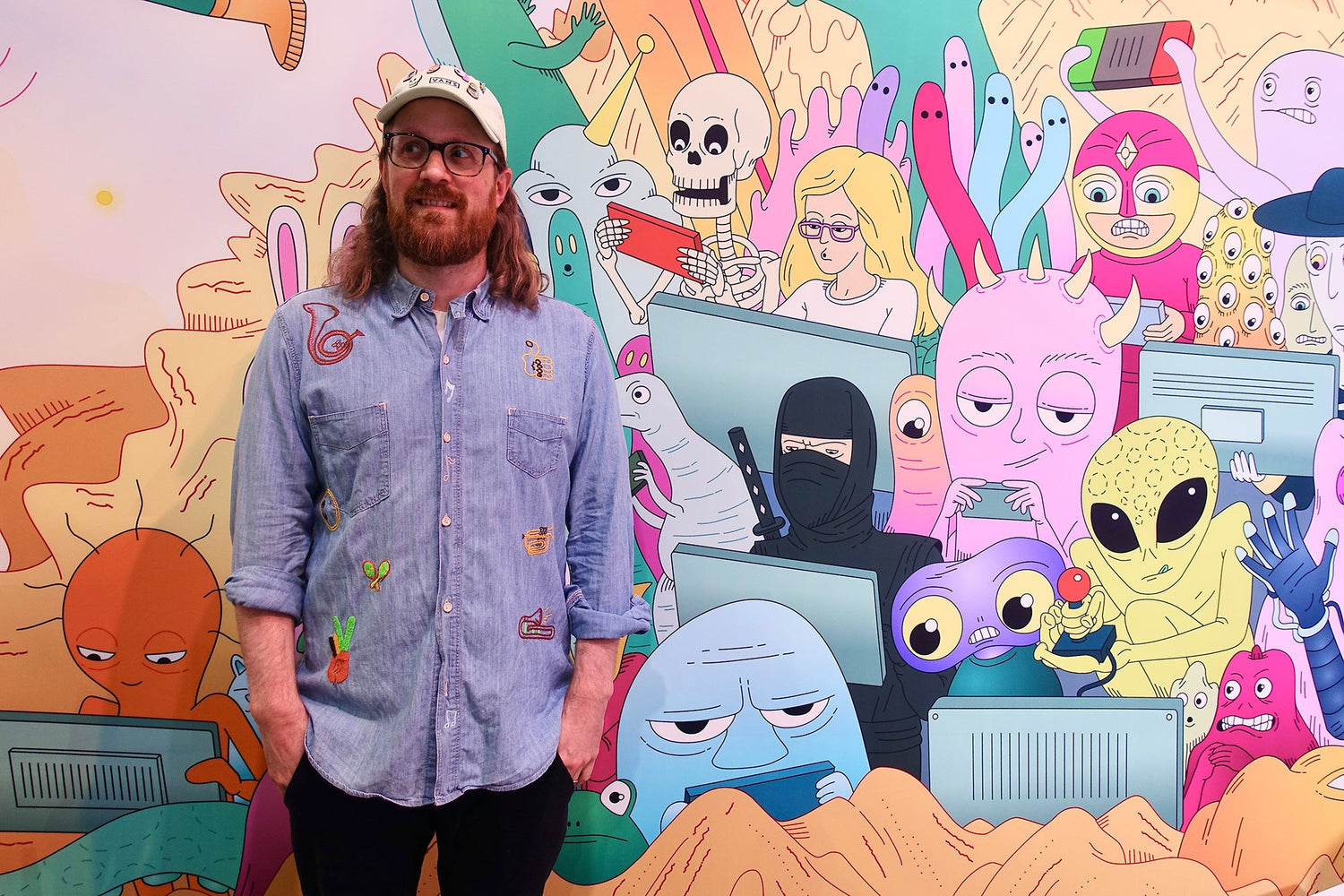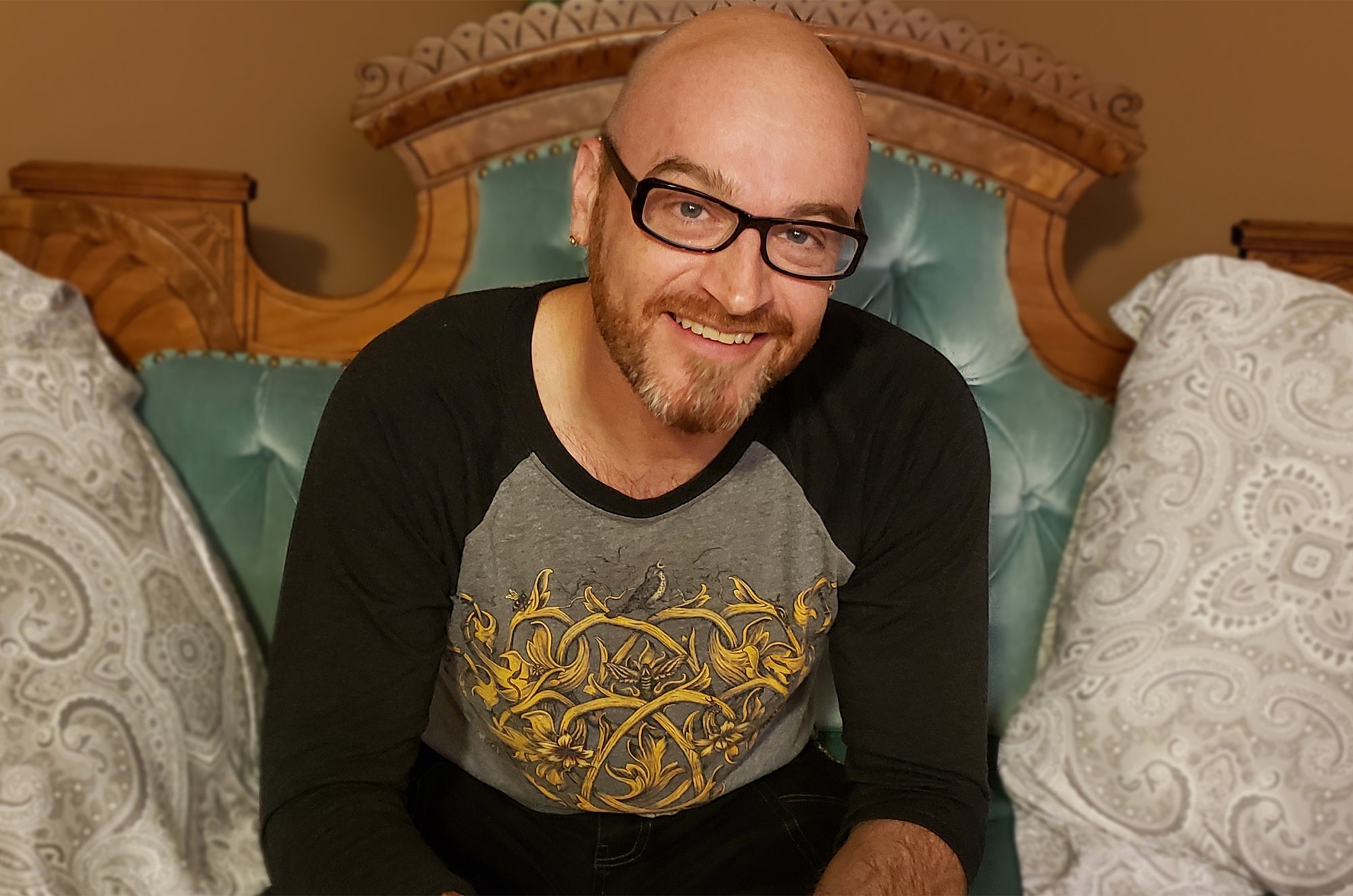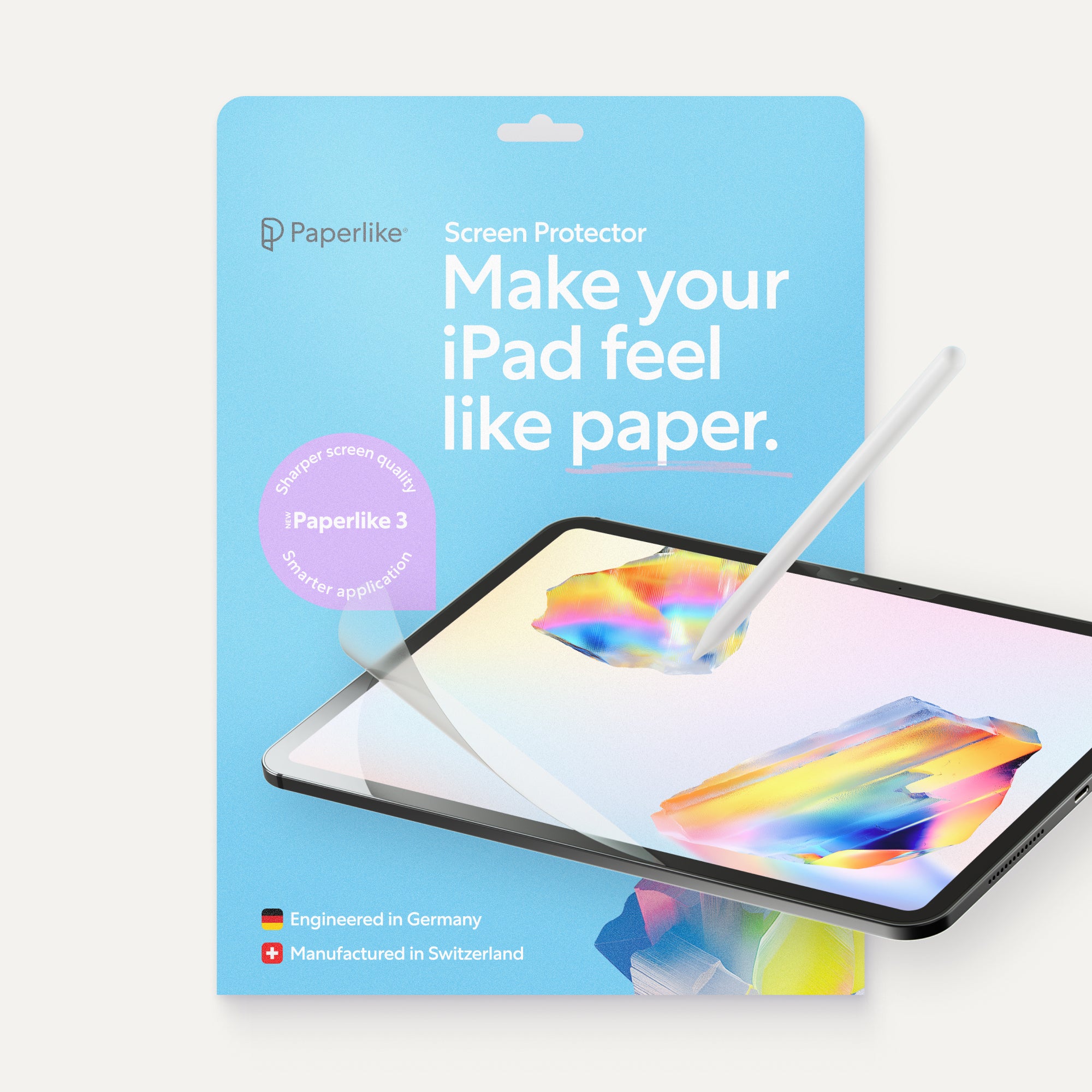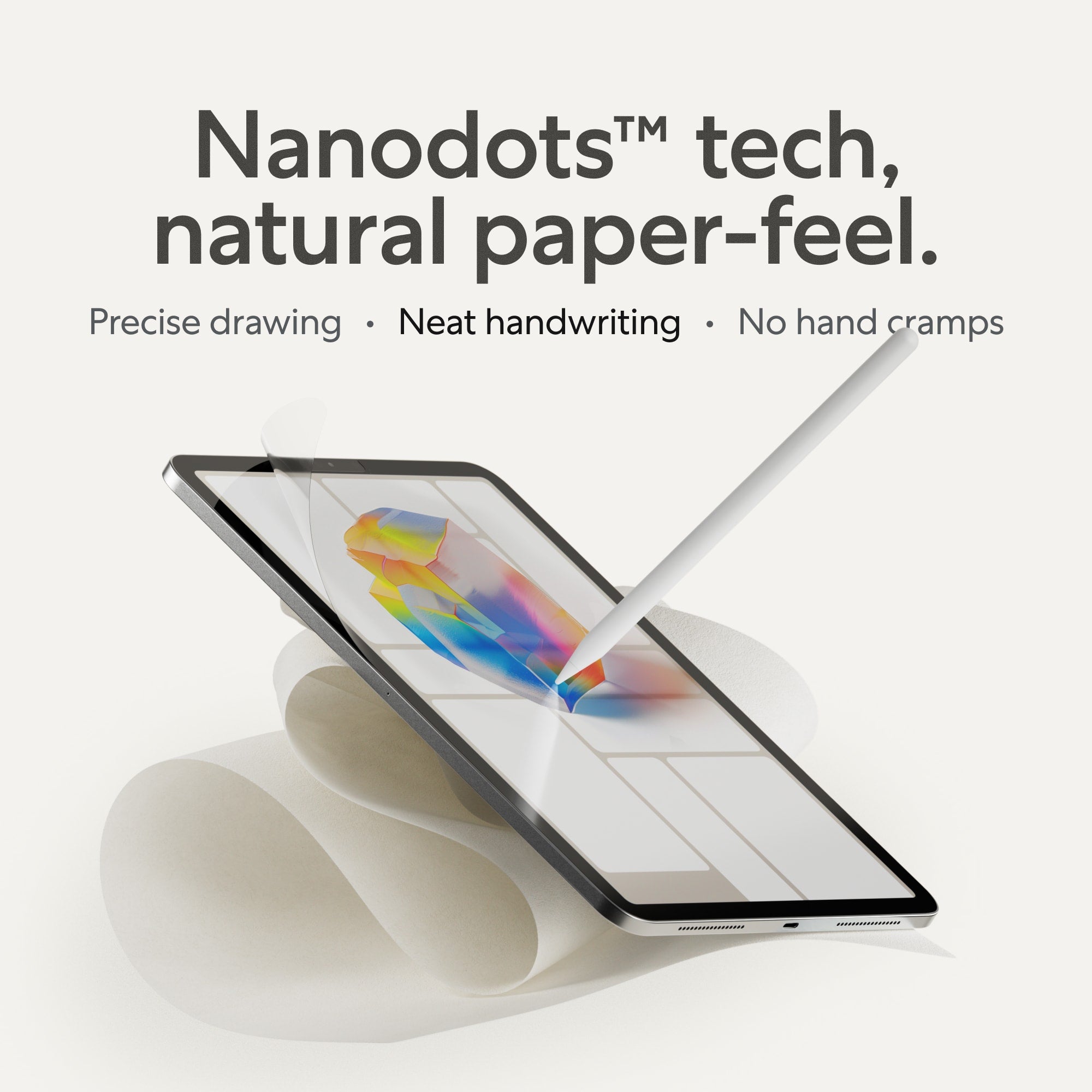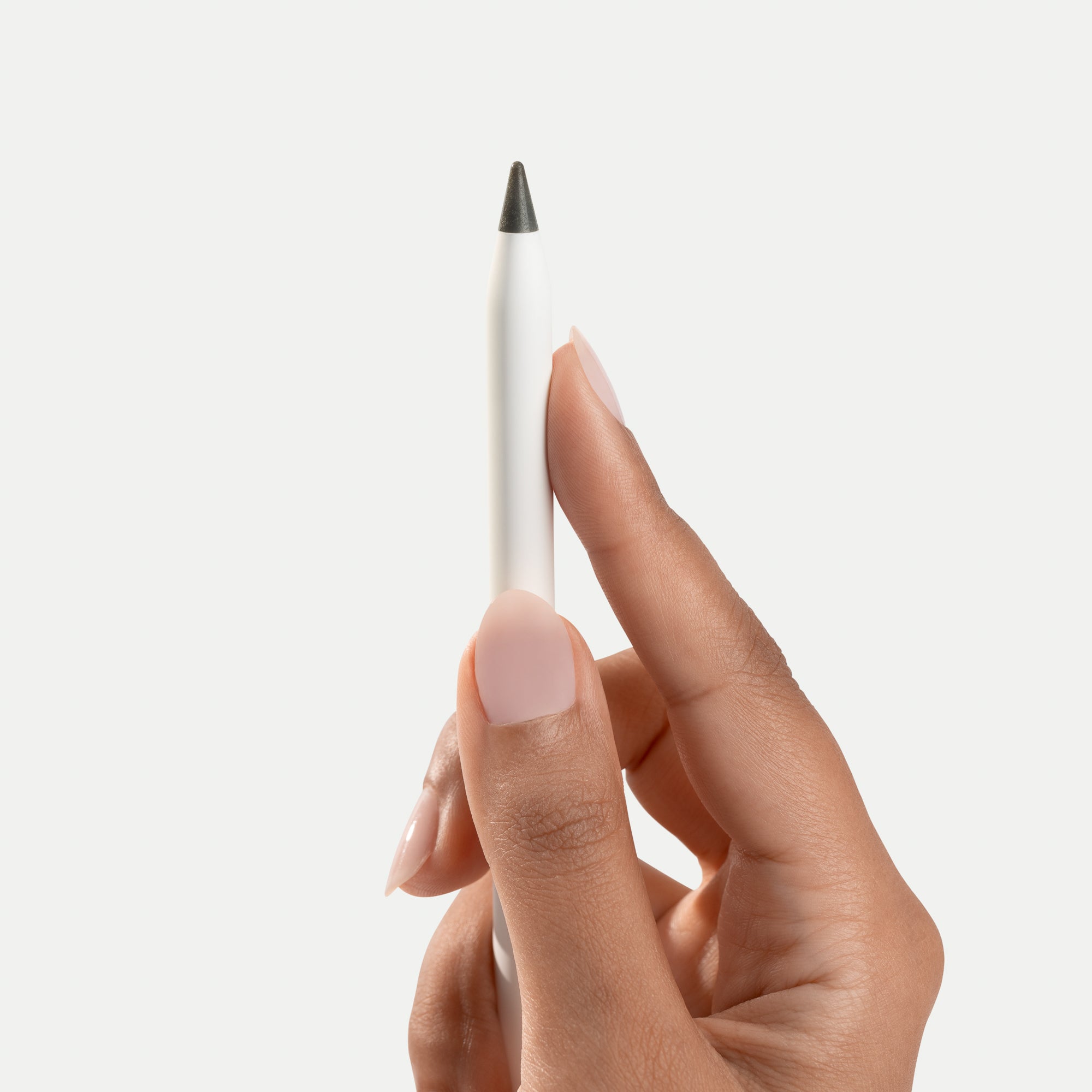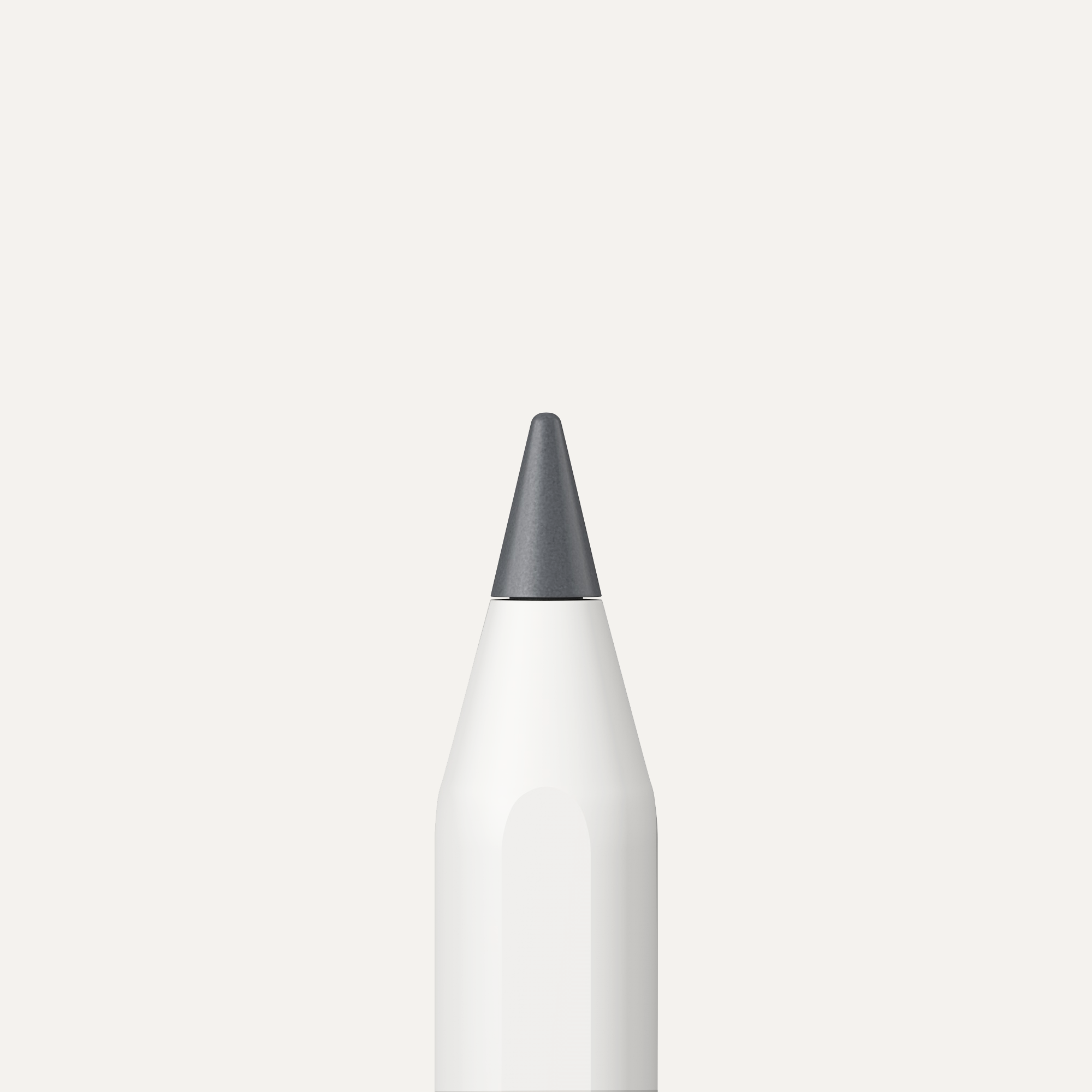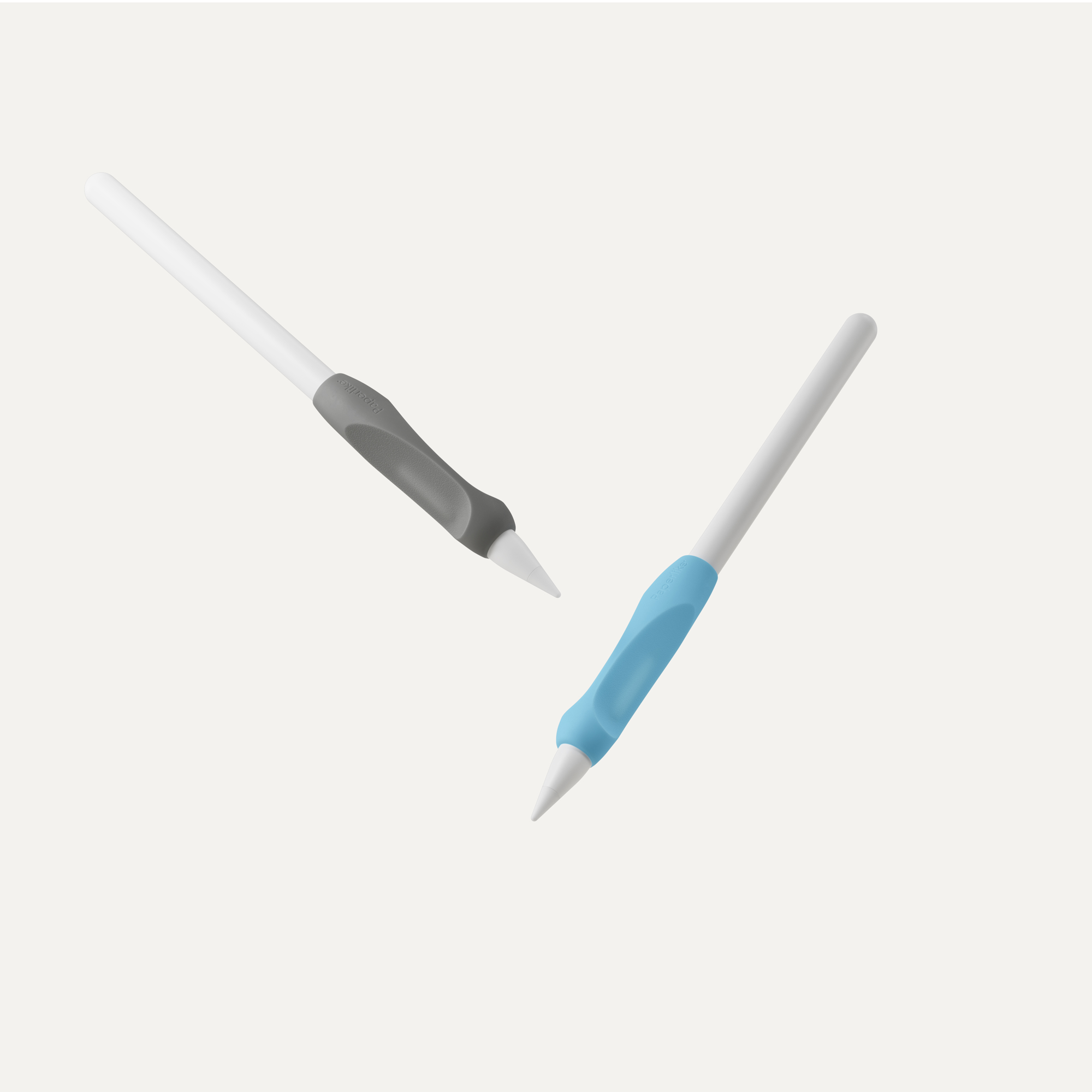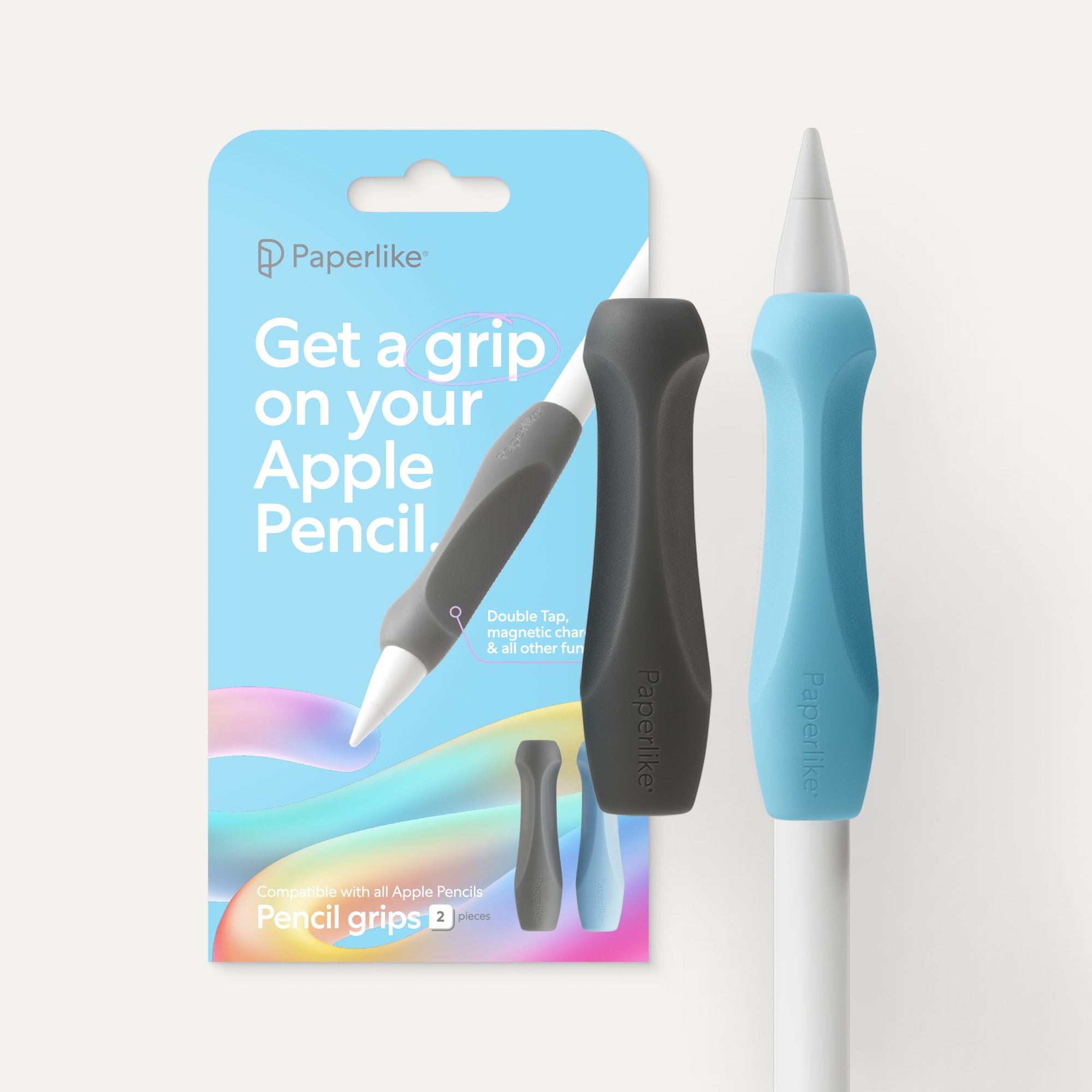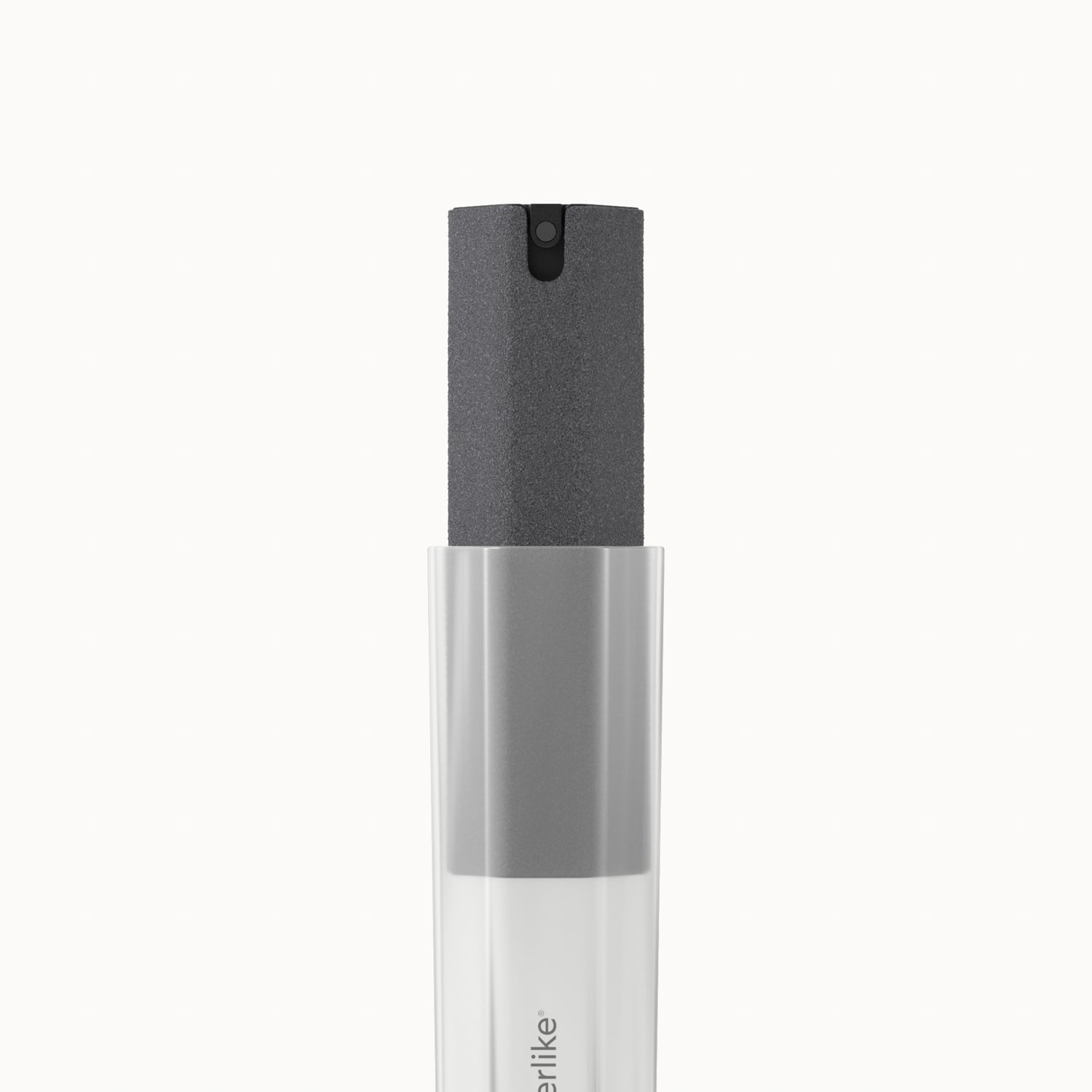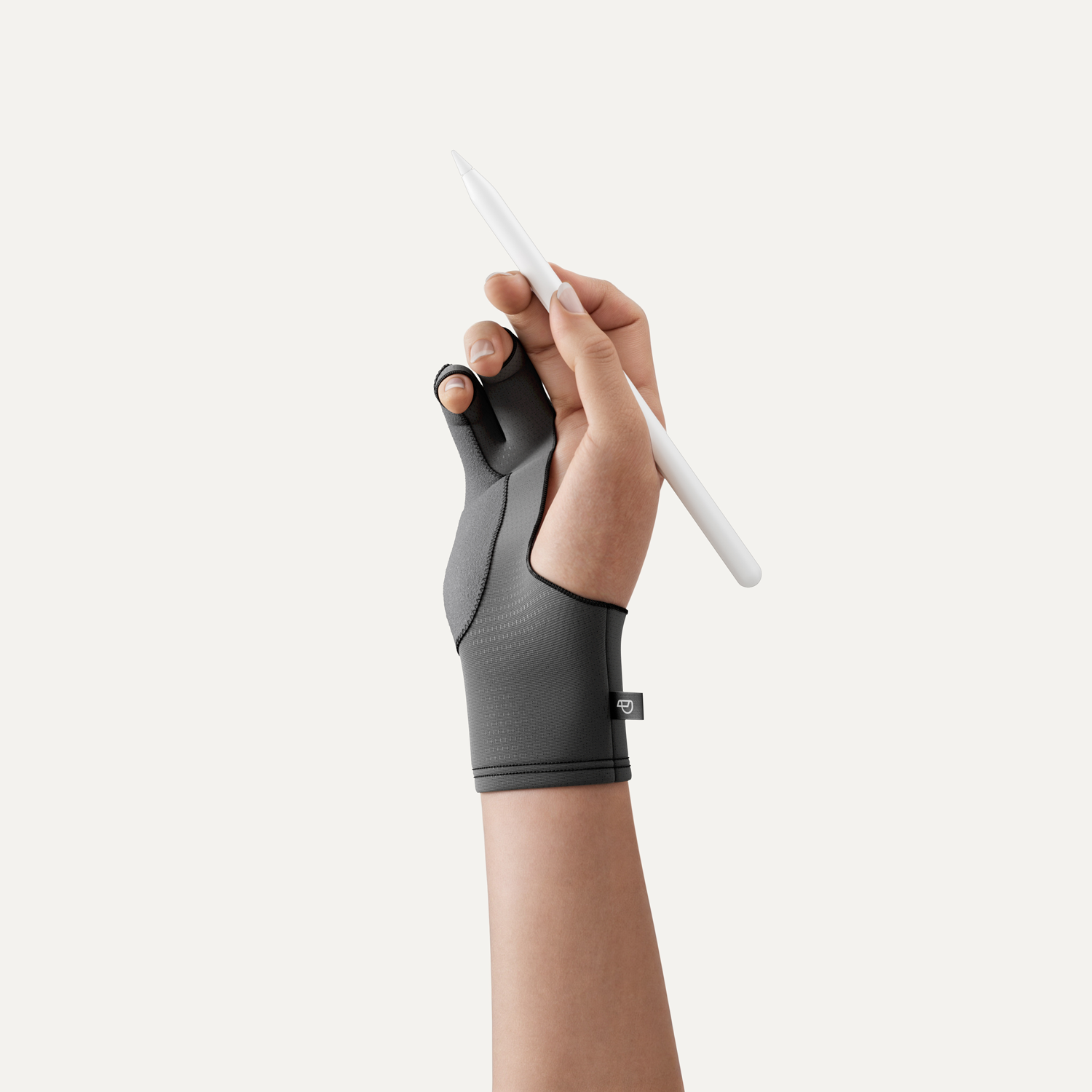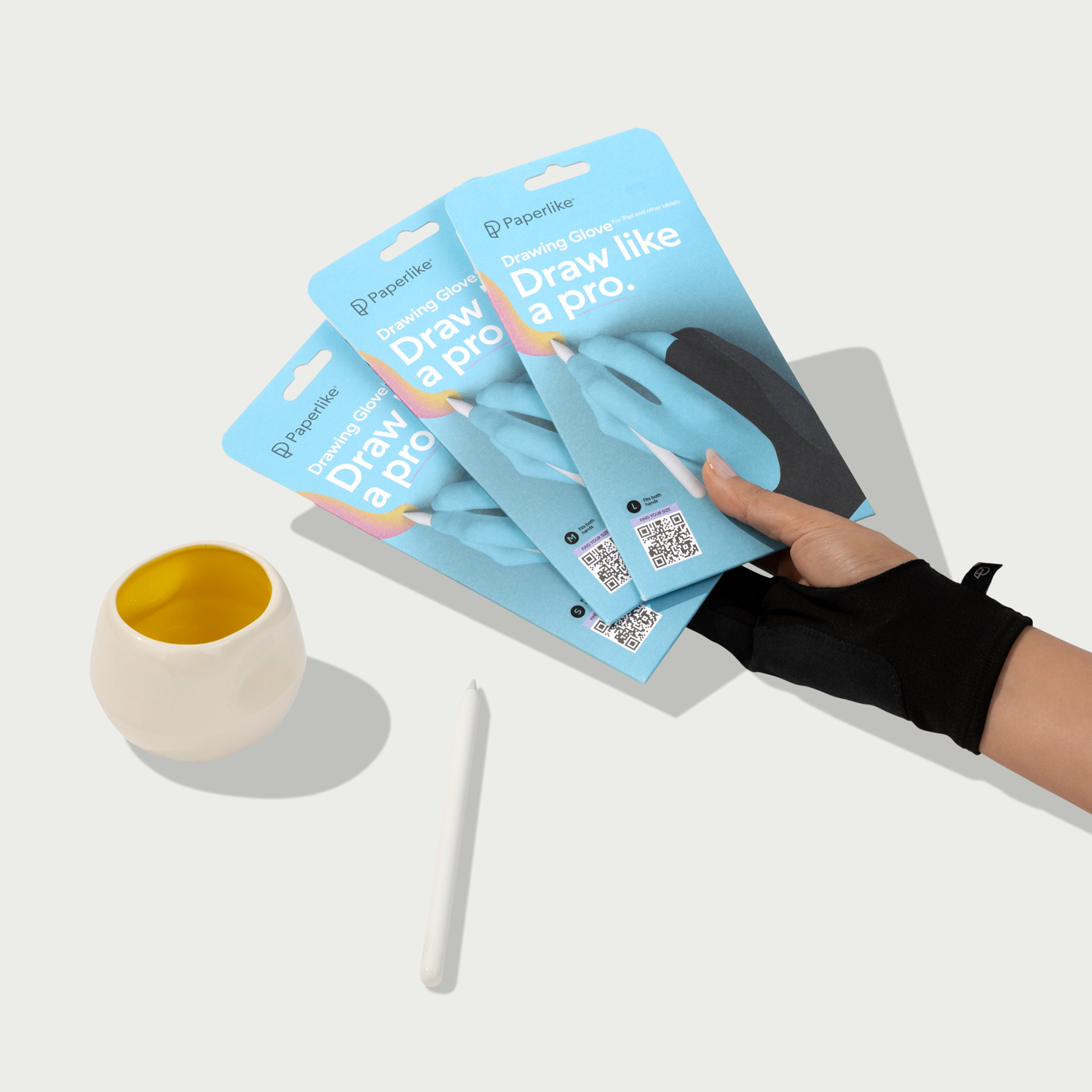If you were to ask Andrew Rae where he finds inspiration, he might point you to the trails of London’s Hampstead Heath on a brisk morning or a roundabout trip on the Tube. A quick trip to the cafe or night out at the pub with friends are also strong recommendations.
That’s not to say that Andrew procrastinates when deadlines are afoot, but the founder of Moonhead Studios didn’t start by drawing. He started by daydreaming.

“I was born with the amazing ability to spend long periods of time staring into space, daydreaming, and sitting on my own,” Andrew said. “I managed to leverage this skillset into a decent illustration career.”
“Modest” may be something of an understatement. As an illustrator, some of Andrew’s clients include The New York Times, Apple, Google, The Washington Post, and many other recognizable brands. His work has also been featured in a number of books and exhibitions over the last twenty years.
But he didn’t get there overnight.

Andrew explained: “I started out by walking around London with my portfolio under my arm, trying to see as many agencies, papers, magazines, designers and agents as I could and figure out what they responded to. Some of them gave me work, and some who remembered me changed jobs and then gave me work. Lots didn’t.”
It wasn’t much, but it was a start to a reputation as a celebrated illustrator. These days, Andrew’s Instagram profile functions as an online portfolio, and he’s seen success by sharing his work through social media. He spends less time pounding the pavement and more time choosing clients. That, he says, is often the most difficult part of the job.
“It’s difficult to know which jobs to turn down and which ones to take on, as you never have enough information at the point when you have to commit,” said Andrew. “Will they be a good client that wants to work collaboratively with me? Will they just bark orders and then be too afraid to persuade their boss to commit and end up watering down the idea?”
It’s a challenge that many freelancers and contractors struggle with, and, as Andrew points out, it doesn’t get easier. However, Andrew’s secret weapon is his portfolio. Clients often come to him with a past piece of work in mind, which streamlines the creation process. Everything else comes down to professional intuition.

“It’s often just a matter of sitting and my desk with a sketchbook and doing doodles until something feels right,” Andrew said. “I generally know it when I see it, but it can be very frustrating trying to get there when nothing is coming.”
And that’s where Andrew’s tried-and-true inspiration methods come in. A trip to the coffee shop. A walk around town. Anything to give his mind the space it needs to think things through.
“My brain will often work it out for me when I feel like I’m not thinking. I try to trust my subconscious to get me out of trouble. It’s better at it than the panicky conscious bit of my brain,” he said.

However, despite the time, energy, and expertise, the work that Andrew is most often known for isn’t complex or overbearing. His artistic style is simple and easy to follow, without the burden of needless details. Often, Andrew transforms these simple lines into an amalgamation of characters, each with its own distinct face, expression, and personality. But even here, the lines are clean, simple, and easy to follow.
That preference for simplification is the byproduct of experience and has been an active choice in his artistic endeavors over the years.
“My drawing has become simple over time,” he said. “I used to include a lot more unnecessary detail, but I found it made the drawings difficult to scale down. The thicker the line got, the more it overlapped and fought with itself.”

While he most often works using a Wacom screen and an iMac to draw directly into Photoshop, those aren’t his only mediums of choice. The portability of the iPad makes it an excellent second choice. He also opts for traditional drawing, painting, and watercolor, on occasion.
As Andrew puts it, at the end of the day, it’s down to “drawing, drawing, drawing.”
That isn’t to say that Andrew considers himself the master of his preferred mediums. He’s always learning, always experimenting, always trying new things. Some of these approaches aren’t necessarily about improving the quality of his work. They’re often about helping him find a work/life balance or making sure that he’s at his desk when he’s supposed to be.
Andrew likes to do automatic drawing, where he starts making marks and working with any line that makes it onto the page. Though it keeps his wrists loose and his hands working, he says that there’s more to it than that. “Mostly it’s about showing up sitting at a desk and trying to figure out what you want to do with that day,” he explained. “It can be like pulling teeth trying to force yourself to do something, but once you get going you can’t stop.”

The inability to put the pencil down is a major touchpoint for Andrew’s creative process. Though he’ll often put off any work in the morning, once he gets started in the afternoon, he can draw for hours on end.
Andrew points out that those hours of creativity are often the direct result of his time away from the desk. That artful balance of participating in both art and day-to-day living fully encompasses the advice that Andrew often gives to new artists.
“Don’t try to find yourself,” he said. “Create yourself.”

And, to his credit, Andrew has done exactly that. From his long list of clients, exhibitions, and awards, Andrew has managed to create a brand that celebrates clean lines, simple color, and an illustrative purpose.
Find out more about Andrew Rae on his website. To keep up with the latest work from Andrew and Moonhead Studios, check out his Instagram.


